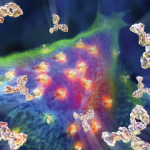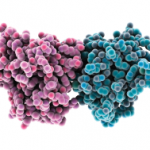The researchers conclude that targeting PAD2 and/or PAD4 activity in patients with lupus may affect innate and adaptive immunity and modulate dysregulated TLR-7-dependent immune responses.
Lara C. Pullen, PhD, is a medical writer based in the Chicago area.
ad goes here:advert-1
ADVERTISEMENT
SCROLL TO CONTINUE
Reference
- Liu Y, Lightfoot YL, Seto N, et al. Peptidylarginine deiminases 2 and 4 modulate innate and adaptive immune responses in TLR-7-dependent lupus. JCI Insight. 2018 Dec 6;3(23). pii: 124729. [Epub ahead of print]


